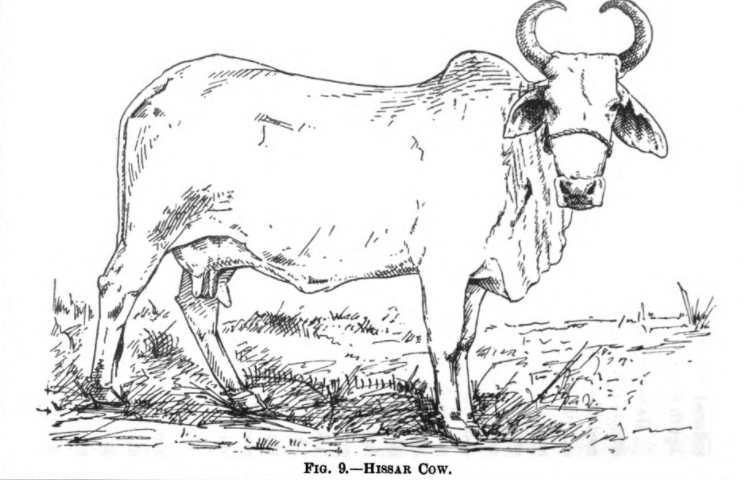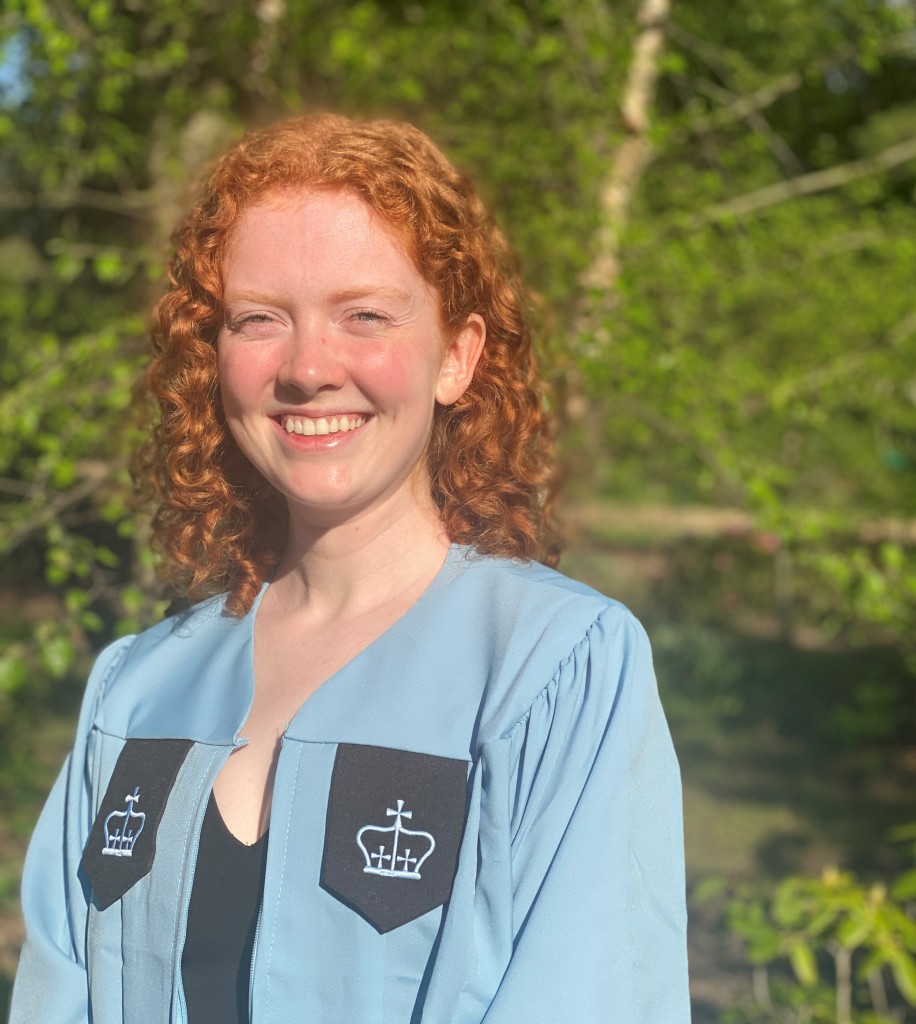Recent Barnard history graduate Ally McDonough writes about how a centuries-old recipe inspired her to conduct some field research in the kitchen for her senior thesis on dairy farming and the use of dairy in Northern Indian recipes before and during the colonial eras and make her own Halwa at home.
This past year, I wrote my senior thesis on dairy farming and the use of dairy in recipes in Northern India (particular in the Punjab region) during the pre-colonial and colonial eras. I was first interested in this topic because of my interest in cooking and food, and because I had taken many classes about colonization. Before diving into my research, I had read articles about the impact of colonization on British foodways, but I found that I was more interested in understanding how indigenous cooking and recipes might have been impacted by the infiltration of the British into Indian homes and kitchens, as well as the British disruption of farming practices. What I ended up discovering, however, was that indigenous uses of dairy went largely unchanged, even while other foodways were immensely altered. So while other industries such as wheat cultivation were uprooted and replaced by the British, dairying remained in the hands of locals.
A major component of my primary sources for this thesis were the pre-colonial and colonial era recipes I found. The Ain i Akbari, a Mughal text that detailed the empire in approximately 1590, included a section on the “Imperial Kitchen,” with brief recipes for common dishes. Among these recipes was one for Halwa, a sweet dish made from ghee, sugar, and flour. The recipe read: “Halwá. Flour, sugarcandy, g’hí, 10 s. of each, which will give fifteen dishes; it is eaten in various ways.” Using the recipe from this precolonial text in tandem with contemporary recipes for Halwa, I constructed the dish in my own kitchen.

Through my research of contemporary recipes, I discovered that the ingredients are mixed together while the dish is prepared over heat. First, I made my own clarified butter using Irish butter made from the milk of grass-fed cows. I then combined equal parts of flour, sugar, and ghee over heat in a saucepan (since the recipe called for “10 s. of each”). The dish came together in a toffee-like consistency, and the final product was very rich and sweet. In the end, this experiment confirmed my assumptions that the pre-colonial recipes were sparse because they were intended for people who shared a common knowledge of the food.
While I did not travel to complete field research for my thesis, I found this hands-on approach to understanding my topic on a deeper level very fulfilling. It also brought me closer to my initial interest in the topic—my passion for cooking and recipes. In addition to making the Halwa, I also visited my grandfather in rural Illinois, where one of his cousins kept cows, and I was able to milk a cow myself. Although the cow was a Jersey cow from Illinois—rather than the zebu cattle I focused on for my research—I greatly enjoyed the experience of meeting the cow and learning about a family who kept cows for their own use. Although the field work for my thesis took an atypical route, I found it some of the most rewarding research I conducted.

About the Blogger
Ally McDonough graduated from Barnard College in Spring 2020 with a B.A. in History. Her senior thesis, “Cows, Cooking, and Colonization: The Persistence of Dairying in Northern India through the Pre-Colonial and Colonial Eras” will be available in full on the Barnard History Department website later this summer.
If you are interested in writing an article for the blog, please email the Blog Editor at cgm2148@barnard.edu. We welcome all submissions!

